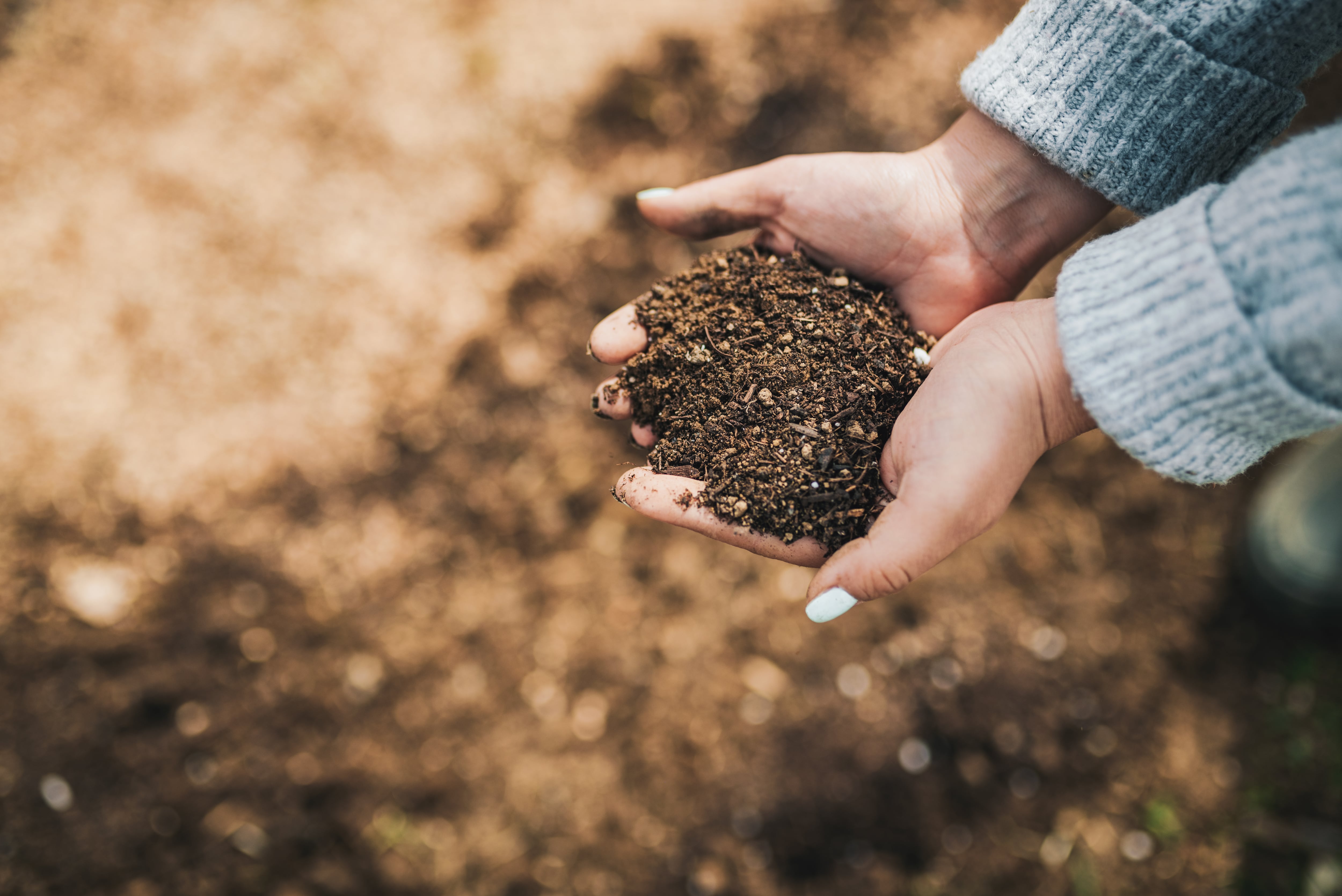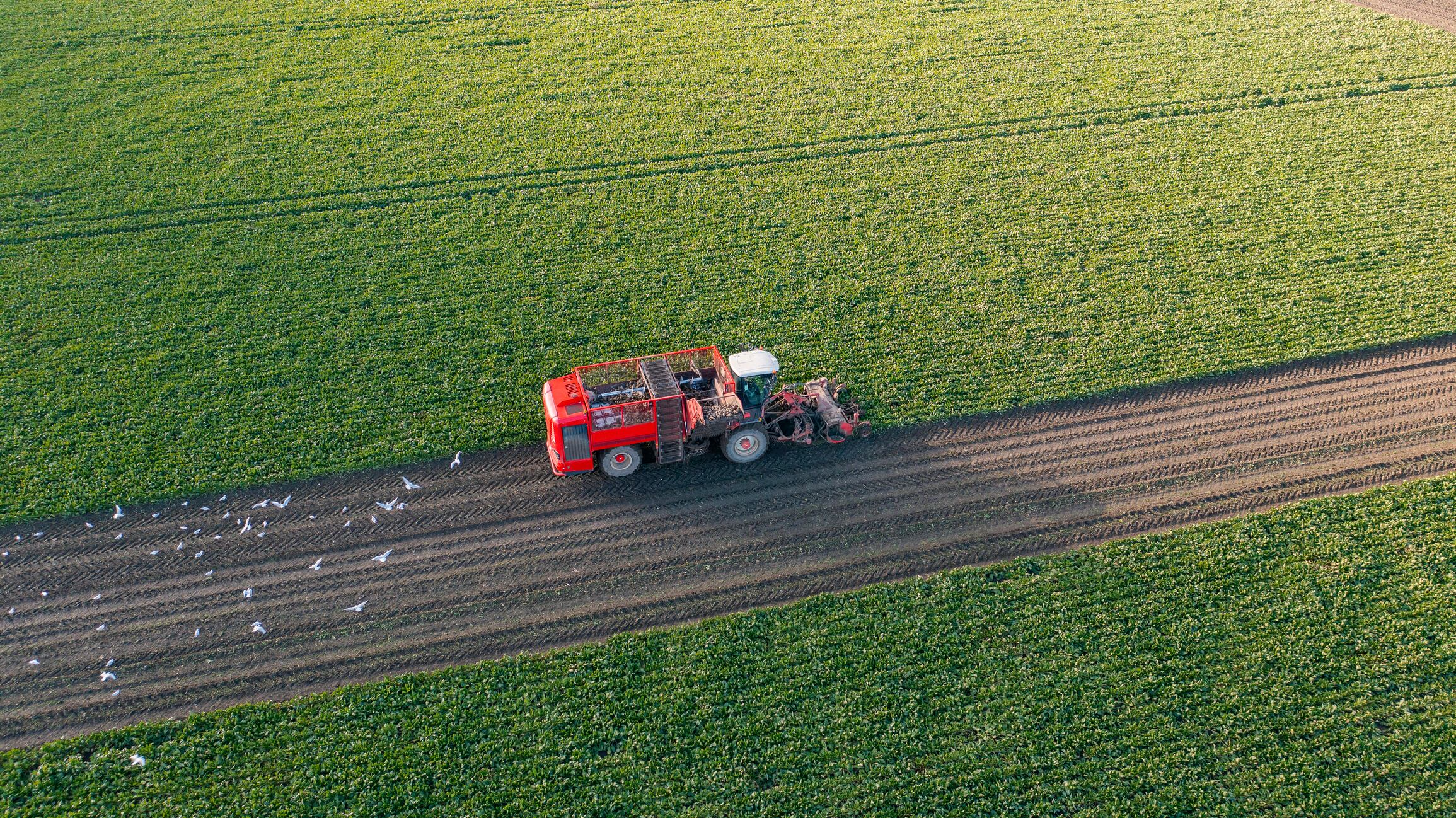The researchers investigated the effects of wood ash as a potassium fertiliser through a pot experiment on komatsuna, also known as Japanese mustard spinach.
With 1% wood ash treatment, the plant postassium absorption increased significantly — from 123 mg/kg to 559 mg/kg — which led to a 3.31-fold increase in crop biomass.
Above ground dry weight increased by 2.86 times compared to the control.
“The application of wood ash led to a substantial increase in crop biomass, highlighting its potential as an effective K fertiliser.”
The researchers noted that the wood ash used in the study contained high concentrations of potassium (168g/kg).
Improving soil
In addition, the wood ash treatment significantly increased soil solution pH from approximately to around 7.2 to 7.4, compared to the control’s 4.5.
The study suggested that the increase in soil pH improved the crop growth environment, increased organic carbon content, enhanced microbial activity, and promoted nitrogen mineralisation, further contributing to crop growth.
This “liming effect”, said researchers, was attributed to carbonates like calcium carbonate and potassium carbonate.
The wood ash was also found to increase the availability of essential nutrients within the soil.
In particular, potassium levels exhibited the most significant increase, reinforcing the potential of wood ash as a potassium fertiliser replacement.
Additionally, concentrations of calcium, magnesium, phosphorus, and molybdenum increased in the soil as well as the crop itself.
Wood ash is a byproduct of woody biomass power generation, which has gained significant traction as a renewable energy source, the study highlighted.
An estimated three to five million tonnes of wood ash is generated in the US from both primary and secondary wood industries.
“The majority of this ash is landfilled, with over 80% of boiler ash from U.S. pulp and paper mills disposed of in landfills or lagoons. Rising disposal costs and the limited availability of landfill sites have driven interest in alternative uses for wood ash,” said the study.
Heavy metals: The good and bad
The wood ash fertiliser also affected the heavy metals in the soil solution and their uptake by crops.
Overall, it had varied effects on different heavy metals.
Concentrations of zinc, manganese, nickel (Ni), and cadmium decreased.
Most notably, cadmium levels dropped from 0.709 mg/kg to 0.057 mg/kg, which is below the Codex standard.
This was also attributed to the increase in soil pH caused by the wood ash’s high carbonate content.
Copper and chromium levels in soil increased significantly compared to the control.
However, absorption of these compounds was lower in the crops.
The researchers believe that copper and chromium in the wood ash were difficult for the crops to absorb.
Furthermore, wood ash contains metals like chromium, copper, cadmium, as well as micro elements like nickel and arsenic, increasing the risk of leaching.
The researchers said that the potential for heavy metal contamination was a major barrier to the adoption of wood ash as an alternative.
“While wood ash can improve soil fertility and crop growth, careful management is required to mitigate potential risks associated with heavy metal contamination. The reduction in the bioavailability of Zn, Mn, Ni, and Cd in the soil solution further underscores the need for balanced nutrient management to avoid micronutrient deficiencies in crops.”
The researchers concluded: “Wood ash shows promise as a sustainable alternative to conventional K fertilisers, particularly in acidic and low-K soils. However, further research is needed to optimise its application rates and develop strategies to minimize the environmental risks associated with heavy metals. Long-term field studies are also necessary to evaluate the cumulative effects of wood ash on soil health, crop productivity, and environmental sustainability.”





